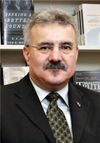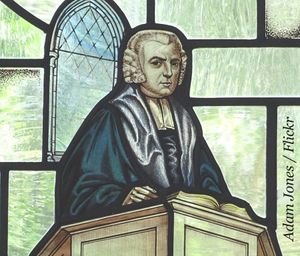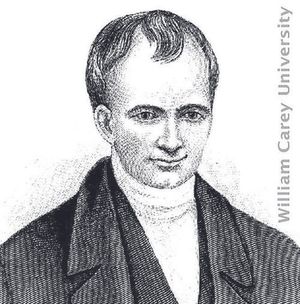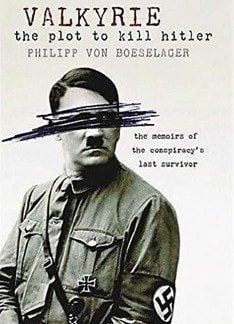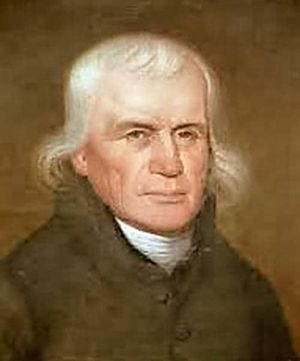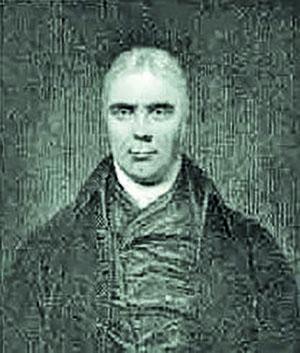The hymns of Charles Wesley (1707-1788)
John Wesley’s heir apparent, John Fletcher, one remarked that next to the Bible ‘one of the greatest blessings that God has bestowed upon the Methodists … is their hymns’.
The central figure behind these hymns, of course, was Charles Wesley, the eighteenth child born to Samuel Wesley and his wife Susanna (née Annesley).
He arrived prematurely on 10 December 1707, and apparently spent his earliest days wrapped in wool, neither opening his eyes nor raising his voice. But his voice would not always be silent!
For fifty years after his conversion in 1738 it would announce, in sermon and in song, the good news of God’s redemption through faith in Christ.
The story is told of how Charles, as a young boy, refused an offer of becoming the heir of a wealthy Anglo-Irish cousin, Garret Wesley, since it would remove him from the bonds of his family and friends.
Another cousin, Richard Colley, went in Charles’ stead and became Richard Colley Wesley – the grandfather of Marquis Wellesley, who colonized India, and of the Duke of Wellington, who defeated Napoleon at Waterloo.
How much history hung on a small boy’s decision! Yet, Charles Wesley also left a heritage – a heritage of praise to God, more permanent than any empire and more powerful than any army.
Pathway to conversion
Charles went up to study at Oxford in 1726. Initially he lived a carefree undergraduate life, intent only on having a good time. But by 1729 he had become quite devout and threw all of his energies into seeking to live the Christian life.
But he was not converted; he was seeking to build his Christian faith and hope of salvation on his good works. Nearly ten years were to elapse before Charles came to Christ on 21 May 1738, Pentecost Sunday.
The key figure in his conversion was Peter Böhler (1712-1775), a German Moravian missionary. Early in that year, while living in London, Charles had fallen ill and had come close to death.
Böhler came to visit him and spoke to him about his need of salvation. Böhler asked him: ‘Do you hope to be saved?’ When Charles assured him that he did, his visitor enquired further: ‘For what reason do you hope it?’
‘Because I have used my best endeavours to serve God’, returned Charles. At such an inadequate response Böhler shook his head sadly and said no more.
Charles later admitted that he considered Böhler to be most uncharitable and thought to himself: ‘What are not my endeavours a sufficient ground of hope? Would he rob me of my endeavours? I have nothing else to trust to’.
Pentecost 1738
It was another Moravian by the name of William Holland (d.1761) who gave Charles a copy of Martin Luther’s commentary on Galatians to read (Holland has been identified as the one who was reading this commentary on 24 May 1738, at Aldersgate Street, when John Wesley was converted).
On 17 May 1738, Charles noted in his diary: ‘I spent some hours this evening in private with Luther, who was greatly blessed to me … I laboured, waited, and prayed to feel “Who loved me and gave Himself for me”.’
On 21 May, Pentecost Sunday, Charles awoke with great expectation. Still confined to bed because of his sickness, he was visited by his older brother John Wesley. After John had left, Charles lay back to sleep.
He awoke to hear the voice of a woman (actually the sister of the man in whose house he was staying) saying, ‘In the name of Jesus of Nazareth, arise and believe, and thou shalt be healed of thy infirmities’.
The woman, a Mrs Turner, had been commanded by the Lord in a dream to convey this message. Charles was physically healed and spiritually converted. Three days later, on 24 May, his brother John was also converted.
Marriage
Up until 1749 Charles, like his brother, was an itinerant evangelist. But on 8 April 1749, he married Sarah (Sally) Gwynne (d.1822), who was 23 at the time. He had known her since 1747 when he visited the home of her father Marmaduke Gwynne, a Welsh Methodist.
A gifted singer and accomplished harpsichordist, Sally was gentle and unselfish, and she and Charles had in many ways an ideal marriage. Charles’ itinerant ministry decreased because of family responsibilities.
Of eight children, they lost five as infants! They settled first at Bristol, and then in London in 1771, where he became a spiritual father to the burgeoning Methodist movement. He died in 1788.
Wondering soul
Immediately after his conversion, Charles Wesley began writing what would be the first of his 6,000 hymns (another 3,000 are classified as poems). It works out at about ten lines of verse each day for fifty years! Both Charles and John regarded the hymns as central in nurturing and sustaining the revival.
In 1779, writing the introduction to A Collection of Hymns, for the Use of the People called Methodists (1780), John Wesley wrote that this hymnal is ‘recommended to every truly pious reader, as a means of raising or quickening the spirit of devotion; of confirming his faith; of enlivening his hope; and of kindling and increasing his love to God and man’.
It is widely thought that Wesley’s first hymn was ‘Where shall my wondering soul begin?’ Charles Wesley’s journal for 21 May 1738, the day of his conversion, runs thus: ‘At nine, I began an hymn upon my conversion, but I was persuaded to break off for fear of pride. Mr. Bray, coming, encouraged me to proceed in spite of Satan.
‘I prayed Christ to stand by me, and finished the hymn.’ The first two stanzas of this hymn well express Wesley’s experience of conversion:
Where shall my wondering soul begin?
How shall I all to heaven aspire?
A slave redeemed from death and sin,
A brand plucked from eternal fire,
How shall I equal triumphs raise,
Or sing my great Deliverer’s praise?
O how shall I the goodness tell,
Father, which Thou to me hast showed?
That I, a child of wrath and hell,
I should be called a child of God,
Should know, should feel my sins forgiven,
Blessed with this antepast of heaven!
Songs of love
Three major characteristics mark Wesley’s hymns. First, if one studies Charles’ hymns, one is struck by the fact that most of their phraseology comes from Scripture or from allusions to Bible texts.
Then, his hymns are suffused with classical Christian dogma and doctrine. They set forth the powerful doctrines of an uncompromising orthodox Christianity. References to the doctrines of the Trinity and the incarnation, the cross and the resurrection abound. As Bernard L. Manning once wrote, Wesley had an ‘obsession with the greatest things’.
Finally, Wesley speaks of a present experience of Christian orthodoxy and of its effects in his life. In his hymns we hear the songs of a heart aflame with love to Jesus.
As J. I. Packer has rightly remarked about Charles, he is ‘the supreme poet of love to Jesus in a revival context’.

